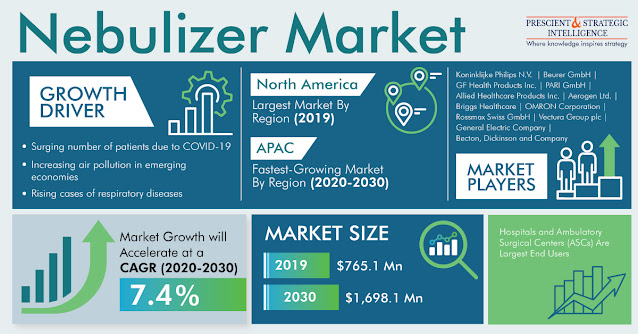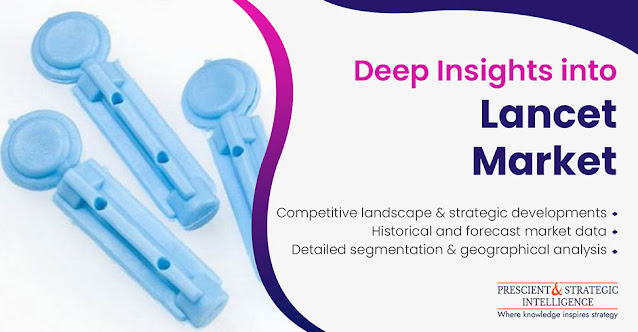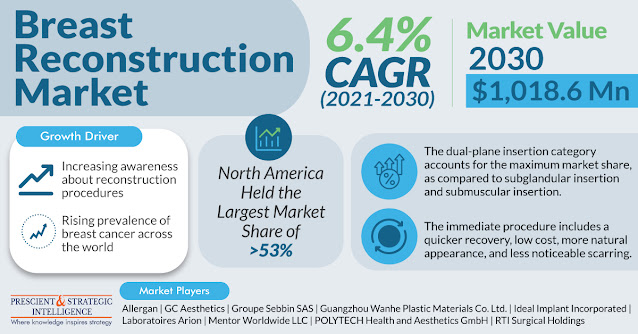Air Pollution To Take Nebulizer Market to Cross $1,698.1 Million by 2030

Air pollution kills over 7 million people around the world each year, says the World Health Organization (WHO). To make matters worse, the level of contamination in the air is rising sharply, especially in emerging economies such as China and India. This factor would be instrumental in driving the global nebulizer market from $765.1 million in 2019 to $1,698.1 million in 2030 at a steady 7.4% CAGR between 2020 and 2030. For instance, the air quality index (AQI) in Delhi in 2019 oscillated between 300 and 1,000, which is considered extremely dangerous. Households, manufacturing units, thermal power plants, and the transport sector are the key sources of air pollution, which are leading to an increase in the deaths attributed to asthma, chronic obstructive pulmonary disease (COPD), and other respiratory issues. This is driving the nebulizer market, as such appliances are used to aerosolize the medication and deliver it directly to the lungs. In today’s times, nebulizer sales are rising r



